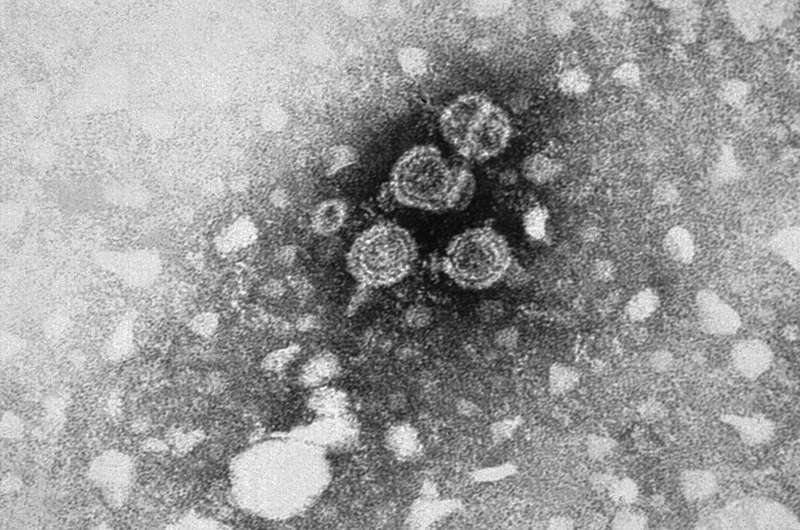Elevated Alzheimer's Biomarker Detected in Newborns: A Closer Look at Phosphorylated Tau

New research reveals that newborns naturally have high levels of a key Alzheimer's biomarker, p-tau217, which may play a crucial role in brain development and offer insights for future Alzheimer's treatments.
Recent research has uncovered that newborn babies exhibit higher levels of a biomarker associated with Alzheimer's disease, called phosphorylated tau (p-tau217). This discovery was made through a comprehensive international study involving researchers from Sweden, Spain, and Australia, analyzing blood samples from over 400 individuals including healthy newborns, premature infants, young adults, and Alzheimer's patients.
The study revealed that newborns, especially premature ones, possess the highest plasma levels of p-tau217, which gradually decrease within the first few months of life to reach levels comparable to adults. Interestingly, in Alzheimer’s disease, elevated p-tau217 levels are linked to pathological tau aggregation that leads to neurofibrillary tangles and cognitive decline. Conversely, in newborns, the increase appears to play a role in healthy brain development, aiding in neuron growth and the formation of neural connections.
The research further indicates that in early life, p-tau217 levels are closely related to the timing of birth, with more premature infants showing higher levels. This challenges previous assumptions and suggests that tau phosphorylation might have a protective or developmental function during early brain maturation.
Scientists believe understanding how the healthy brain manages tau protein could inform new therapeutic approaches for Alzheimer’s. The dual role of p-tau217 underscores its importance: while it signals disease progression in older individuals, it might be a vital factor in normal brain development in infants. Plasma p-tau217 has recently gained FDA approval as a diagnostic tool for Alzheimer’s, but the new findings highlight the necessity to interpret its levels within a broader developmental context.
These insights open potential pathways to designing treatments that could leverage the brain's natural protective mechanisms against tau pathology, potentially slowing or halting the progression of Alzheimer’s disease. Further research aims to decipher why tau regulation deteriorates with age and how this knowledge can shape future interventions.
Stay Updated with Mia's Feed
Get the latest health & wellness insights delivered straight to your inbox.
Related Articles
Midkine Protein Shows Potential to Inhibit Alzheimer's Amyloid Formation
Scientists have discovered that the protein midkine may inhibit the formation of amyloid beta plaques, offering new hope for Alzheimer's disease treatment strategies.
Innovative Program Supports Cancer Survivors in Reintegrating into the Workforce
A new online support program from McGill University shows promising results in helping cancer survivors confidently return to work, addressing an important aspect of recovery often overlooked in cancer care. The initiative aims to improve quality of life and reduce economic impact for survivors and employers.
First Clinical Trial Launches for Therapeutic Hepatitis B Vaccine
A groundbreaking therapeutic vaccine for chronic hepatitis B has entered human clinical trials, promising a potential new treatment to cure the disease and improve global health outcomes. Developed by researchers at the Technical University Munich, TherVacB aims to activate the immune system and target multiple strains of the virus.
Innovative Targeted Treatment Significantly Boosts Survival in Aggressive Breast Cancer Patients
A groundbreaking study from Cambridge reveals a targeted pre-surgery treatment that dramatically improves survival rates in patients with inherited aggressive breast cancers, especially those with BRCA gene mutations.



